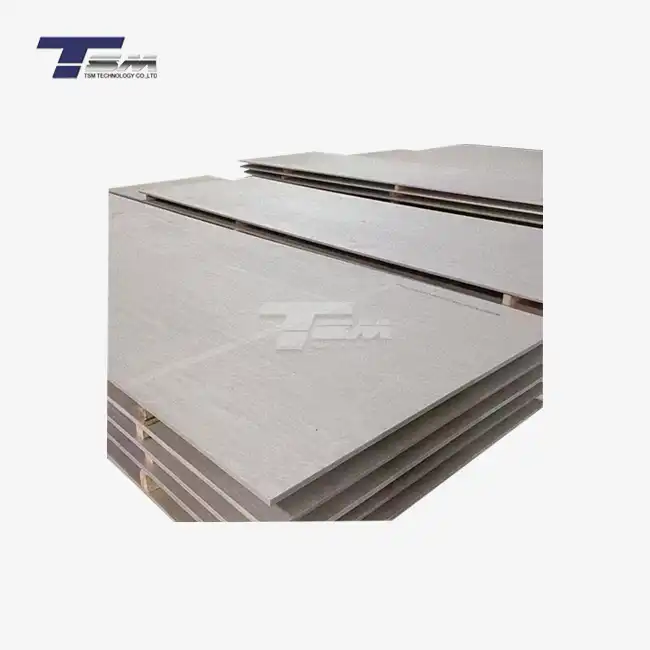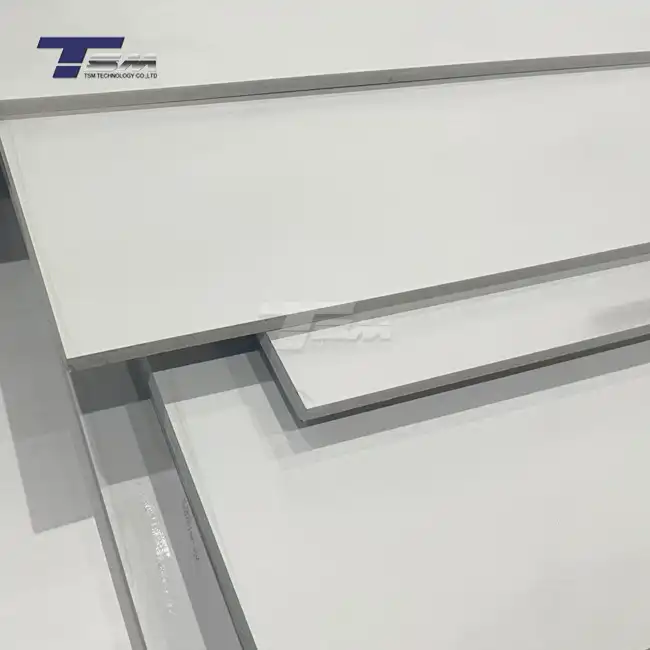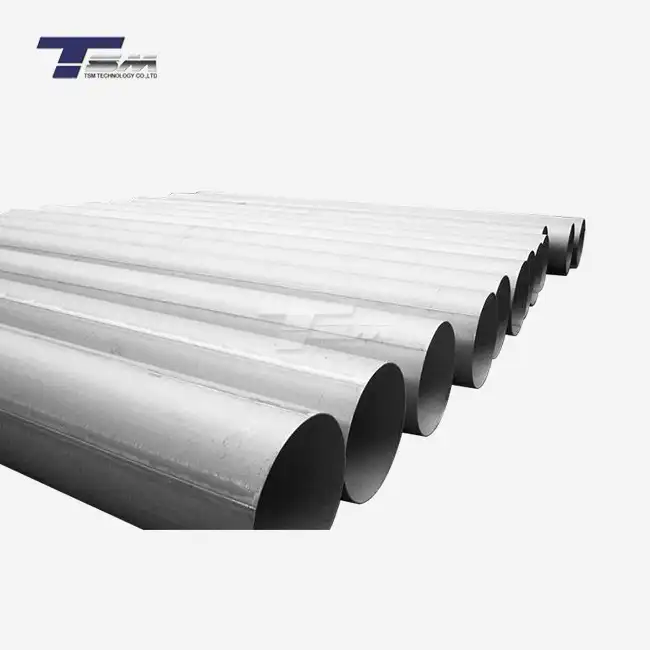- English
- French
- German
- Portuguese
- Spanish
- Russian
- Japanese
- Korean
- Arabic
- Greek
- German
- Turkish
- Italian
- Danish
- Romanian
- Indonesian
- Czech
- Afrikaans
- Swedish
- Polish
- Basque
- Catalan
- Esperanto
- Hindi
- Lao
- Albanian
- Amharic
- Armenian
- Azerbaijani
- Belarusian
- Bengali
- Bosnian
- Bulgarian
- Cebuano
- Chichewa
- Corsican
- Croatian
- Dutch
- Estonian
- Filipino
- Finnish
- Frisian
- Galician
- Georgian
- Gujarati
- Haitian
- Hausa
- Hawaiian
- Hebrew
- Hmong
- Hungarian
- Icelandic
- Igbo
- Javanese
- Kannada
- Kazakh
- Khmer
- Kurdish
- Kyrgyz
- Latin
- Latvian
- Lithuanian
- Luxembou..
- Macedonian
- Malagasy
- Malay
- Malayalam
- Maltese
- Maori
- Marathi
- Mongolian
- Burmese
- Nepali
- Norwegian
- Pashto
- Persian
- Punjabi
- Serbian
- Sesotho
- Sinhala
- Slovak
- Slovenian
- Somali
- Samoan
- Scots Gaelic
- Shona
- Sindhi
- Sundanese
- Swahili
- Tajik
- Tamil
- Telugu
- Thai
- Ukrainian
- Urdu
- Uzbek
- Vietnamese
- Welsh
- Xhosa
- Yiddish
- Yoruba
- Zulu
What is Hydrostatic Testing? Fully Understand its Principles and Purpose
Hydrostatic testing is a meticulous procedure employed to evaluate the integrity and resilience of pressure vessels, pipelines, and various metallic components, ensuring they can withstand operational pressures without succumbing to leaks or catastrophic failures. This method involves filling the system with a liquid, typically water, and pressurizing it beyond its standard operating threshold to scrutinize its performance under stress. For industries reliant on superior materials, such as those supplied by TSM Technology Co., Ltd., this testing is indispensable to guarantee the safety and reliability of high-performance alloys like Monel, Inconel, and Hastelloy. By comprehending the principles and objectives of hydrostatic testing, businesses can better appreciate its role in upholding quality standards across precision engineering and machine shop applications globally.
The Core Principles Behind Hydrostatic Testing
Understanding the Mechanics of Pressure Application
At its essence, hydrostatic testing hinges on the application of pressure to a sealed system filled with a liquid medium, predominantly water, due to its incompressibility and safety. The system is pressurized to a level that exceeds its typical operational capacity, often by 1.5 times, to simulate extreme conditions. This process allows inspectors to observe how materials, particularly robust alloys, behave under duress. The incompressibility of water ensures that any expansion or deformation in the system is directly attributable to the material's response, providing a clear indicator of its structural integrity. For industries utilizing nickel-based alloys, this step is crucial to ascertain that the materials can endure the rigors of their intended applications without compromising safety.

The Role of Material Properties in Testing
The efficacy of hydrostatic testing is profoundly influenced by the properties of the materials being evaluated. High-performance alloys, such as those crafted from Monel, Inconel, and Hastelloy, are prized for their exceptional corrosion resistance, thermal stability, and mechanical strength. These attributes make them ideal candidates for environments where failure is not an option, such as in aerospace, chemical processing, and marine engineering. During testing, the material's ductility, yield strength, and resistance to stress corrosion cracking are scrutinized. The ability of these alloys to maintain their integrity under elevated pressure is a testament to their suitability for critical applications, ensuring that components manufactured from these materials meet stringent quality benchmarks.
Detecting Flaws Through Controlled Stress
One of the paramount objectives of hydrostatic testing is to unearth latent flaws within a system, such as micro-cracks, weld defects, or material inconsistencies. By subjecting the system to controlled stress, inspectors can identify vulnerabilities that might not manifest under normal operating conditions. For instance, a pipeline constructed from a nickel alloy might appear flawless externally, but internal stresses or manufacturing imperfections could precipitate failure over time. Hydrostatic testing illuminates these weaknesses by amplifying stress points, allowing for corrective measures before the component is deployed. This meticulous approach to flaw detection underscores the importance of rigorous quality control, particularly for suppliers like TSM Technology, who prioritize delivering impeccable materials to their global clientele.
The Purpose of Hydrostatic Testing in Industry
Ensuring Safety Across Critical Applications
Safety is the linchpin of hydrostatic testing, particularly in industries where system failures could engender catastrophic consequences. Components crafted from advanced alloys are often deployed in environments characterized by extreme pressures, temperatures, and corrosive agents. Consider a chemical processing plant where pipelines transport volatile substances; a failure in such a system could precipitate hazardous leaks or explosions. Hydrostatic testing mitigates these risks by validating that every component, from pressure vessels to fittings, can withstand the exigencies of its operational milieu. For global suppliers of superior materials, this testing is a cornerstone of their commitment to safeguarding end-users and upholding industry standards.
Compliance With Regulatory Standards
Industries reliant on high-performance materials are governed by a labyrinth of regulatory standards, such as those set forth by ASME, API, and ISO. Hydrostatic testing serves as a linchpin in achieving compliance with these mandates, ensuring that components meet or exceed stipulated performance criteria. For instance, a pressure vessel fabricated from an Incoloy alloy must demonstrate its ability to endure specified pressure thresholds without deformation or leakage. By adhering to these standards, manufacturers and suppliers not only fulfill legal obligations but also bolster their reputation for reliability. This is particularly salient for companies like TSM Technology, whose global footprint necessitates adherence to diverse regulatory frameworks across different regions.
Enhancing Longevity and Performance
Beyond safety and compliance, hydrostatic testing plays a pivotal role in enhancing the longevity and performance of industrial components. By identifying and rectifying potential weaknesses before deployment, this testing extends the service life of materials, reducing the likelihood of premature failures and costly downtime. For example, a Hastelloy valve subjected to rigorous testing is less likely to succumb to stress corrosion cracking in a marine environment, thereby ensuring sustained operational efficiency. This focus on durability is especially pertinent for industries that demand unerring performance from their materials, reinforcing the value of superior alloys in achieving long-term reliability.
Hydrostatic Testing in the Context of Superior Alloys
Tailoring Testing Protocols to Alloy Characteristics
The unique properties of superior alloys necessitate bespoke testing protocols to accurately gauge their performance. Nickel-based alloys, renowned for their resilience in hostile environments, require testing conditions that mirror the extremes they will encounter in service. For instance, a Monel alloy, prized for its resistance to seawater corrosion, might be tested at pressures and temperatures that emulate deep-sea conditions. This tailored approach ensures that the testing is not merely a formality but a rigorous evaluation of the material's capabilities. By customizing testing parameters, suppliers can provide their clients with materials that are not only fit for purpose but also optimized for peak performance.
The Intersection of Innovation and Quality Assurance
The realm of superior alloys is characterized by ceaseless innovation, with manufacturers continually developing new materials to meet emerging industry needs. Hydrostatic testing serves as a critical juncture in this innovation cycle, bridging the gap between development and deployment. For instance, a newly engineered Inconel alloy designed for high-temperature applications must undergo exhaustive testing to validate its performance claims. This intersection of innovation and quality assurance is exemplified by companies like TSM Technology, whose rigorous inspection systems ensure that every advancement in material science translates into tangible benefits for their global clientele, from enhanced durability to superior operational efficiency.
Global Implications for Precision Engineering
The global reach of precision engineering and machine shop applications underscores the universal relevance of hydrostatic testing. Whether it's a pipeline in the Middle East, a pressure vessel in Europe, or a valve assembly in Asia, the reliability of these components hinges on the integrity of the materials from which they are constructed. Superior alloys, subjected to meticulous hydrostatic testing, form the backbone of these applications, enabling industries to operate with confidence. The ability to deliver materials that meet exacting standards across diverse geographies is a hallmark of leading suppliers, reinforcing their role as indispensable partners in the global industrial landscape.
Conclusion
Hydrostatic testing stands as a bulwark of quality and safety in industries reliant on superior materials, offering a robust method to validate the performance of high-performance alloys. By delving into its principles, purposes, and specific applications, businesses can better appreciate its role in ensuring reliability, compliance, and longevity. For global suppliers like TSM Technology, this testing is a testament to their unwavering commitment to excellence, providing clients with materials that excel under the most demanding conditions. Embracing this practice not only elevates industry standards but also fosters trust in the materials that power critical applications worldwide.
Contact Us
For expert guidance on superior nickel alloys and special metals suitable for pressure-bearing applications and hydrostatic testing equipment, contact TSM TECHNOLOGY. Our team of specialists is ready to assist you in selecting the ideal materials for your specific needs. Reach out to us at info@tsmnialloy.com to learn more about our premium alloy solutions and how they can enhance the reliability and performance of your pressure systems.
References
American Society of Mechanical Engineers (ASME). "ASME Boiler and Pressure Vessel Code, Section VIII: Rules for Construction of Pressure Vessels." ASME Standards, 2021 Edition.
American Petroleum Institute (API). "API Standard 521: Pressure-Relieving and Depressuring Systems." API Publishing Services, 6th Edition.
International Organization for Standardization (ISO). "ISO 10423: Petroleum and Natural Gas Industries - Drilling and Production Equipment." ISO Standards, 2020 Edition.
NACE International. "NACE MR0175/ISO 15156: Materials for Use in H2S-Containing Environments in Oil and Gas Production." NACE Standards, 2021 Edition.
British Standards Institution (BSI). "BS EN 13445: Unfired Pressure Vessels - Part 3: Design." BSI Standards, 2021 Edition.
The Welding Institute (TWI). "Guide to Hydrostatic Testing of Pressure Equipment." TWI Technical Publications, 2022 Edition.
Learn about our latest products and discounts through SMS or email



